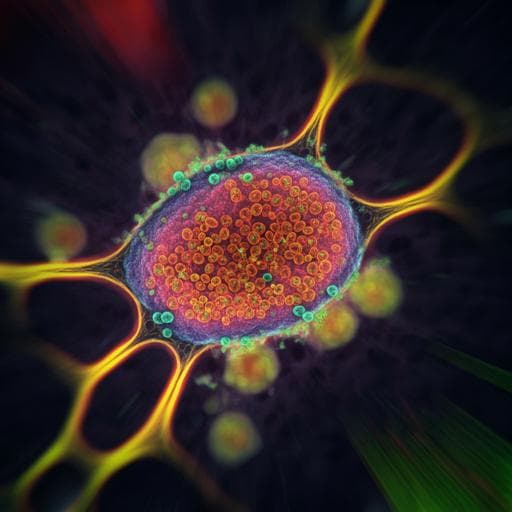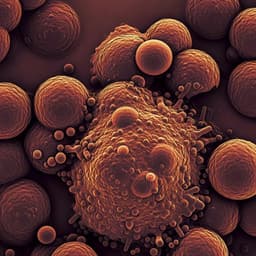
Biology
Self-supervised machine learning for live cell imagery segmentation
M. C. Robitaille, J. M. Byers, et al.
Discover a groundbreaking self-supervised learning approach for segmenting individual cells from microscopy images, developed by Michael C. Robitaille, Jeff M. Byers, Joseph A. Christodoulides, and Marc P. Raphael. This innovative method eliminates the need for human-annotated labels, significantly reduces bias and variability, and is poised to enhance cell biology research!
~3 min • Beginner • English
Related Publications
Explore these studies to deepen your understanding of the subject.







